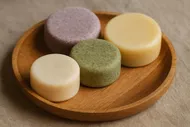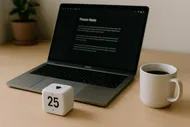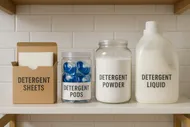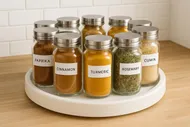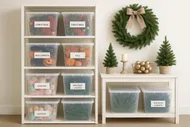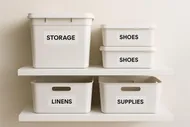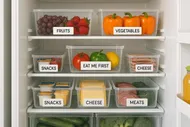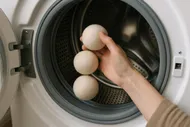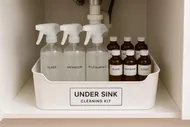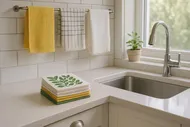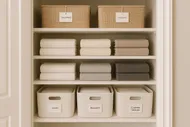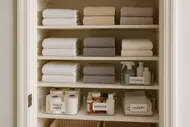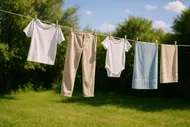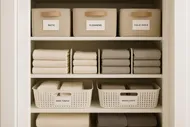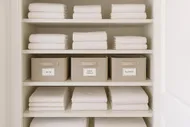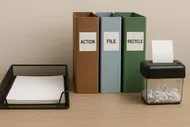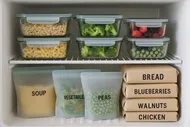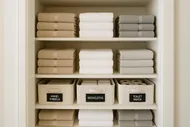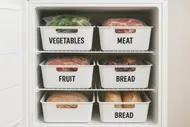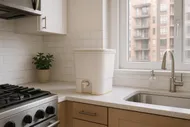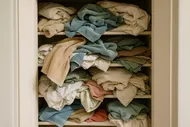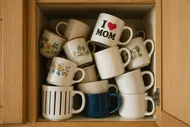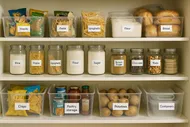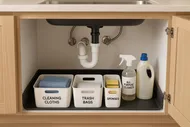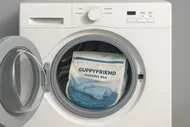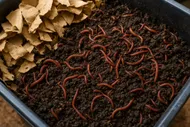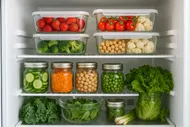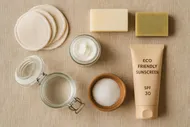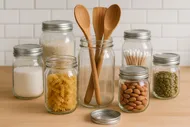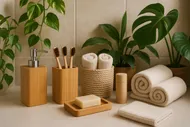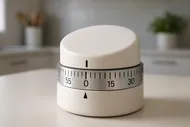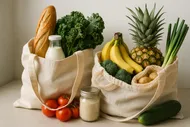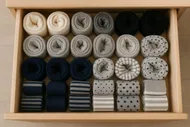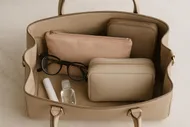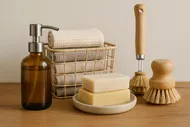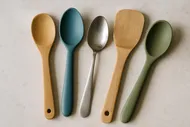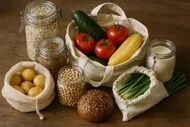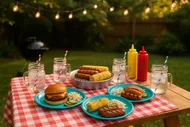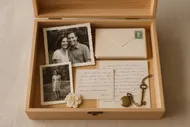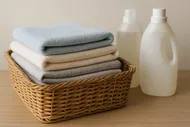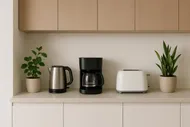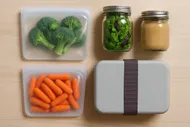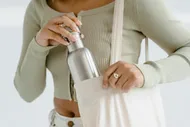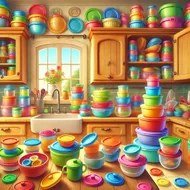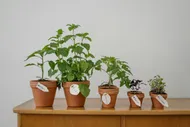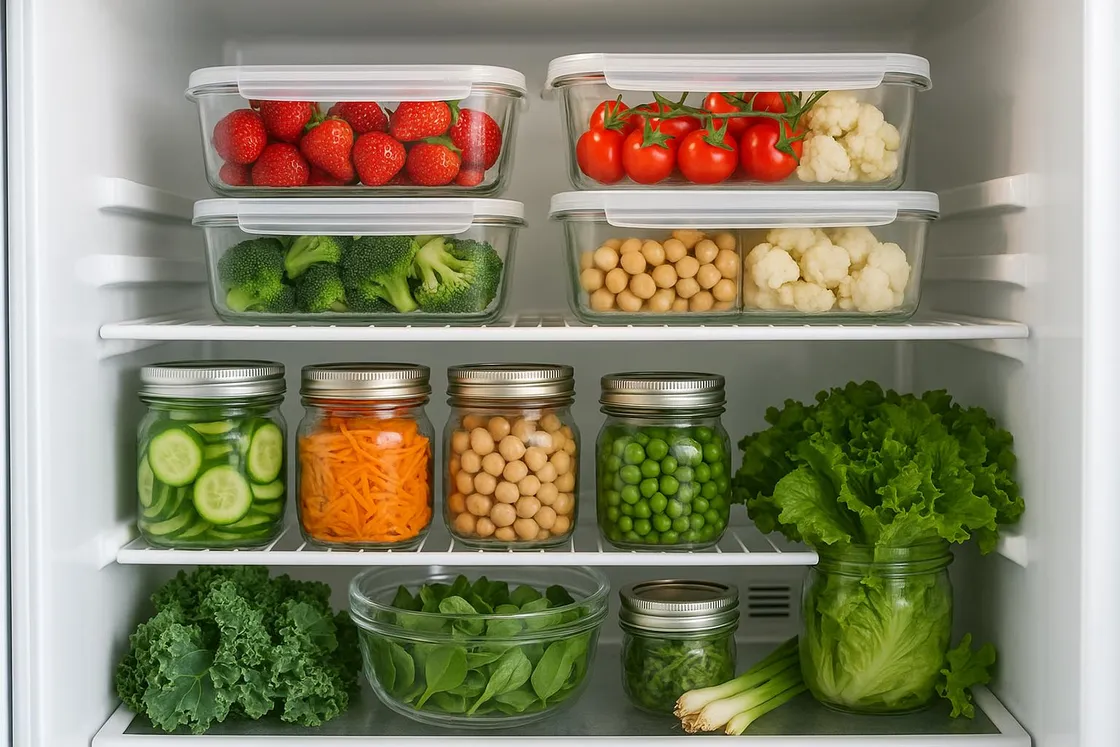You know that deeply satisfying moment when you open the fridge and it looks like a tiny farmers market instead of a chaotic Tupperware avalanche? That can be your everyday. A plastic-free fridge is more than an aesthetic flex: it keeps food fresher, reduces waste, and cuts down on those micro-plasticky mysteries that give leftovers a weird aftertaste. Today we’re ditching plastic wrap and brittle containers for a lineup of planet-friendly heroes—glass, silicone, stainless steel, and beeswax wraps—plus smart produce storage tips and a starter kit you can plug into your life right now.
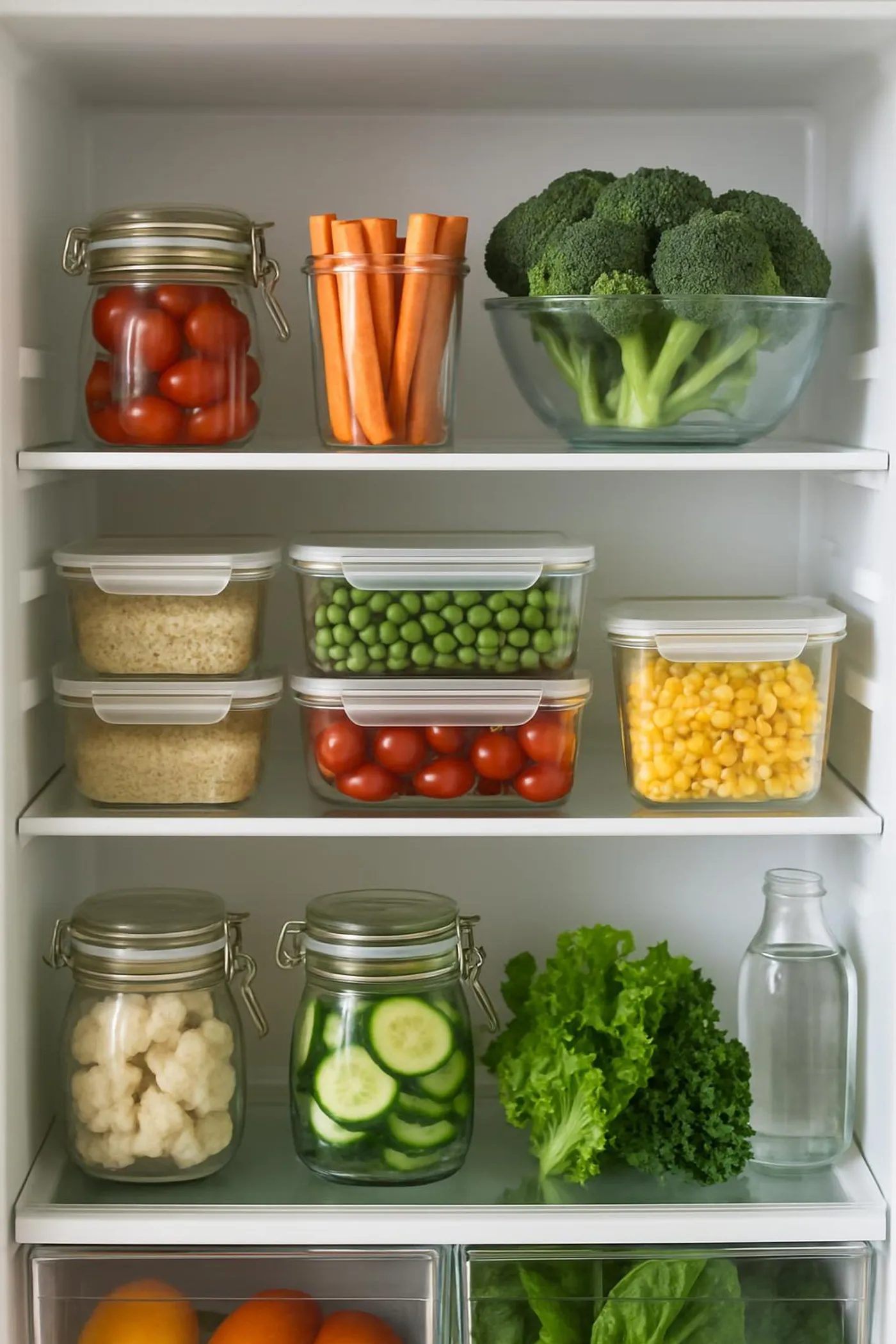
If you’ve been hanging out around MySimple.life, you know we love a sustainable system that feels easy and looks good. This guide pairs performance with practicality: what works best for soups, sandwiches, and herbs, how to care for each material, and a quick cost-per-use breakdown so you can see the savings add up.
A happy fridge is like a tiny greenhouse and a tiny library at the same time—everything visible, labeled, and ready to nourish you.
Chloe Greenfield
Why move beyond plastic in the fridge?
- Freshness that lasts: Inert materials like glass and stainless steel don’t hang onto smells or stains, which helps food taste like…food.
- Less waste, more savings: Reusables replace single-use wraps and bags, and they don’t crack under cold, stain from tomato sauce, or warp in the dishwasher.
- Health and planet perks: Reduce microplastic shedding and single-use trash while investing in tools that last for years.
Psst—if you’re also refreshing your counters and cooking tools, take a look at The Ultimate Guide to Eco-Friendly Kitchen Utensils: Ditching Plastic for Good next.
The fab four: your plastic-free storage all-stars
Here’s how the most popular alternatives stack up in the real world. Think of this as the fridge equivalent of assembling your dream capsule wardrobe—fewer, better pieces that play well together.

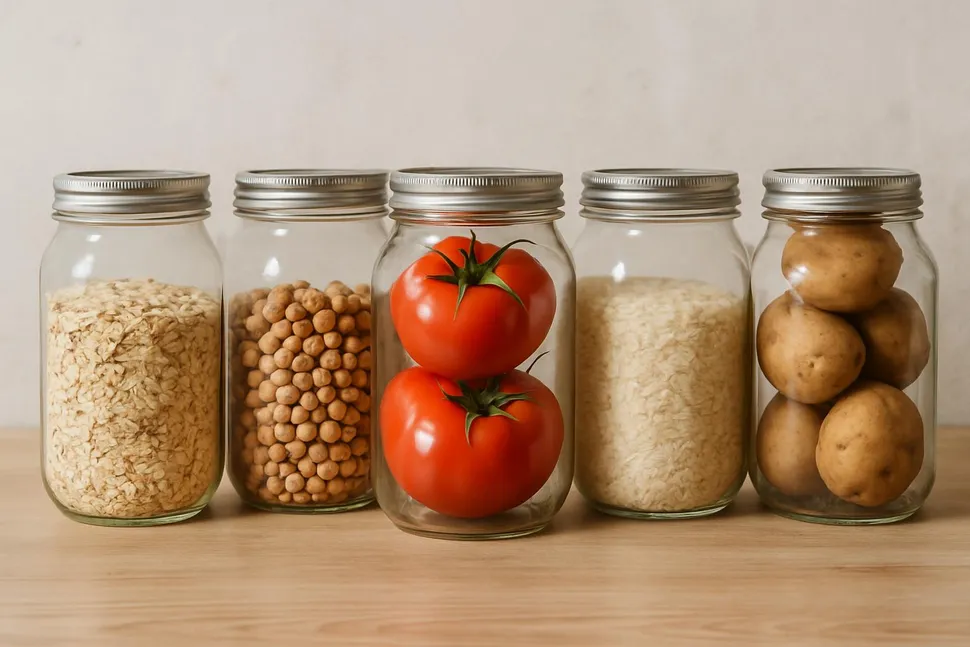
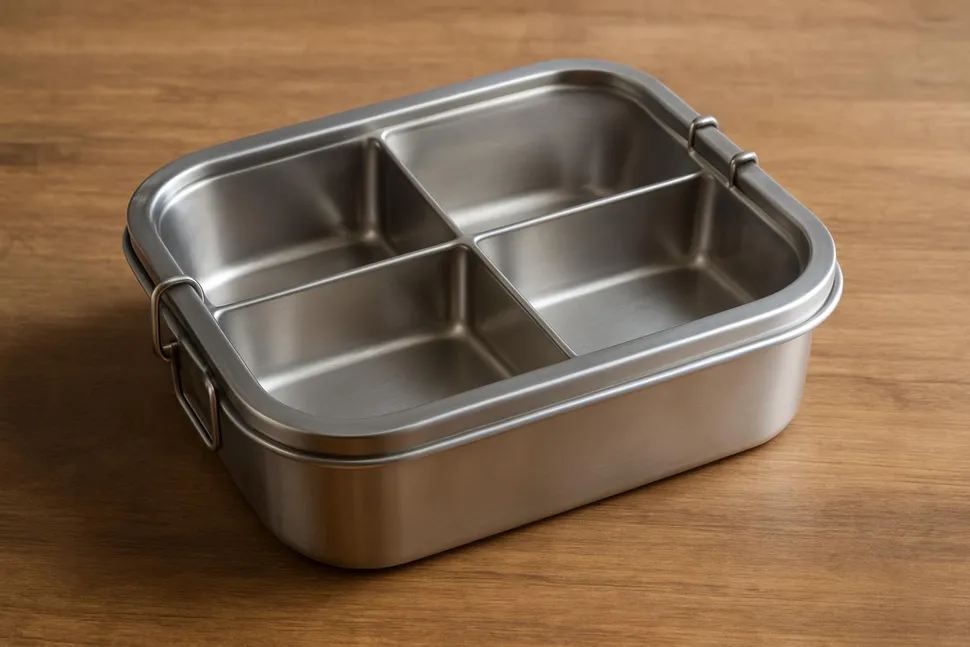
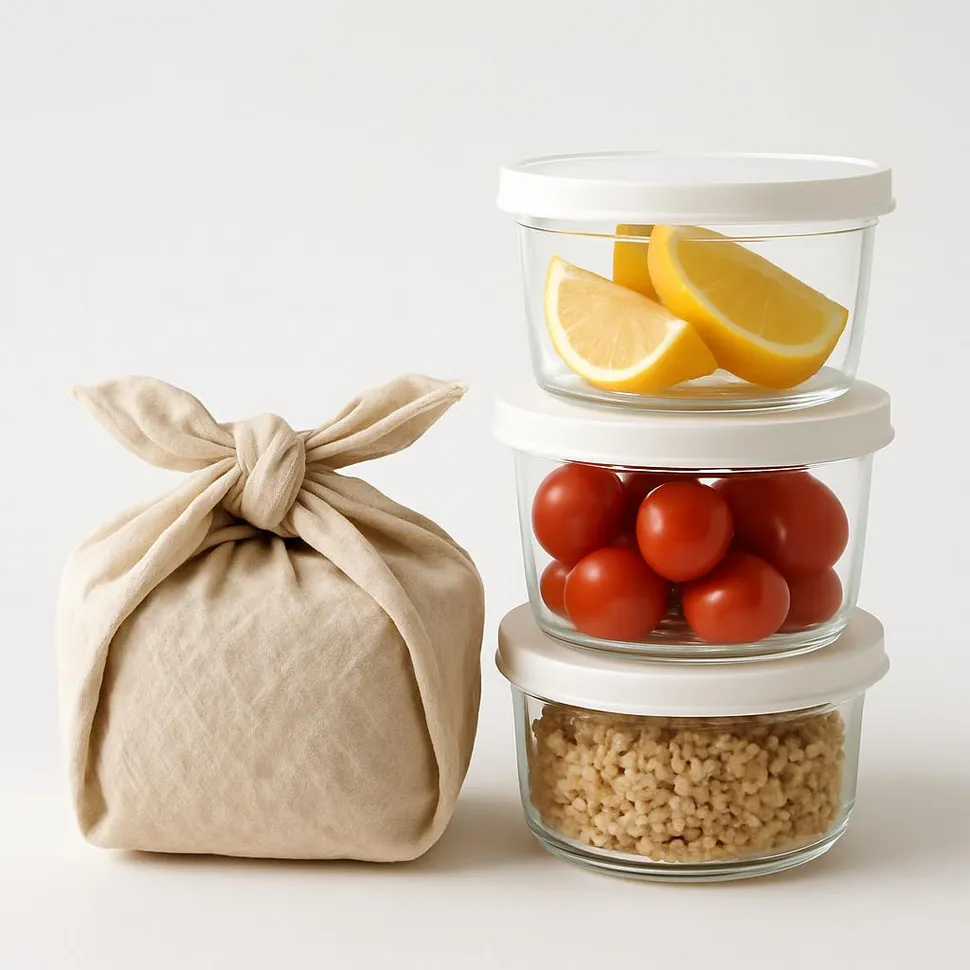
1) Glass containers (with glass or silicone lids)
- Best for: Soups, stews, curries, roasted veggies, batch-cooked grains, anything saucy.
- Why they shine: Fully non-porous, oven-safe bases, stackable, and clear for “I can actually see my leftovers” magic.
- Care: Dishwasher-friendly. Avoid thermal shock (let hot food cool before sealing and refrigerating).
- Cost snapshot: A mid-size 10-piece set runs around $35–$55 and can last for many years.
Try a classic glass set:
2) Silicone bags (stand-up and flat)
- Best for: Cut fruit and veg, marinating, freezing smoothie packs, snacks, and drip-prone items.
- Why they shine: Airtight seals, freezer-friendly, flexible space saving, and great for zero-leak transport.
- Care: Hand-wash or top-rack dishwasher. Flip inside-out (if the brand allows) and air-dry open.
- Cost snapshot: $10–$20 per bag, but reusable hundreds of times.
A popular silicone favorite:
3) Beeswax wraps and plant-wax wraps
- Best for: Half an avocado, cut citrus, wrapping cheese, covering bowls, and leafy bundles.
- Why they shine: Breathable, moldable with hand warmth, and a low-waste sub for cling film.
- Care: Rinse with cool water and mild soap; hang to dry. Keep away from heat.
- Cost snapshot: $15–$25 for a 3-pack that lasts 6–12 months with regular use.
Browse beeswax wraps:
Safety note
Beeswax wraps are not suitable for raw meat or hot foods. For meat, dairy, or wet leftovers, use glass, stainless, or silicone to keep things safe and sealed.4) Stainless steel tins
- Best for: Leftover grains, cut veg, deli-style salads, meal-prep portions, and odor-heavy items like onions.
- Why they shine: Durable, light, and odor-resistant. Some come with leak-resistant silicone gaskets.
- Care: Dishwasher-safe (check lid details); dry thoroughly to prevent water spots.
- Cost snapshot: $15–$30 per container, built to outlast trends and tumbles.
Durable stainless options:
Produce that goes the distance: simple, low-waste hacks
Fresh produce is the fridge’s heartbeat. Store it well, and you’ll save money, time, and prevent food waste (green halos for all!). A few low-plastic favorites:
- Leafy greens: Wash, spin dry, then lay in a glass container lined with a cloth napkin. Top with another cloth to absorb excess moisture. This helps prevent slime city.
- Herbs: Treat them like flowers. Stand parsley, cilantro, or dill in a jar with an inch of water. Loosely cover the top with a beeswax wrap for breathability.
- Berries: Don’t wash until ready to eat. Transfer to a shallow glass container lined with a cloth or paper to keep moisture in check.
- Cucumbers and zucchini: Store dry, whole, and unwashed in the crisper. If cut, wrap in beeswax or tuck into a silicone bag.
- Carrots and celery: Store sticks in water in a jar to keep them crisp (change water every 2–3 days).
- Cheese: Skip plastic film; wrap firm cheeses in beeswax wraps and place in a glass container for extra humidity control.
Upgrade your grocery habits, too: snag ideas from Zero-Waste Grocery Shopping: Beginner’s Guide and Best Reusables and Swapping Your Way to a Sustainable Grocery Routine. For lunch-box-ready leftovers, peek at Green Lunch Hacks: How to Pack Low-Waste, Eco-Friendly Meals.

Care and cleaning: make it last
Your plastic-free squad wants gentle love, not complicated rituals.
- Glass: Dishwasher-safe. For tomato stains on silicone lids, a little baking soda paste and sunshine works wonders.
- Silicone bags: A long bottle brush is your best friend for corners and seals. Dry open to avoid water spots.
- Beeswax wraps: Cold water only with mild soap. Hang to dry on a rack—not near the stove or sunny window.
- Stainless steel: Dishwasher is fine (check gaskets). If mineral spots appear, rub with a slice of lemon and rinse.
Pro tip
Keep a small “lid library” basket in your drawer so lids don’t pull a disappearing act. If your family knows where lids live, your evening sanity is already 80% restored.Want to keep your cleaning routine eco-friendly too? These will help you level up: Transform Your Dishwashing Routine Into an Eco-Friendly Practice and Greener Clean: DIY Eco-Friendly Cleaning Products for Every Room.
Real-talk ROI: is it actually cheaper?
Let’s run a quick, conservative cost-per-use comparison.
- Silicone bag: $15, used 250 times over 2–3 years = about $0.06 per use.
- Glass container: $6 (part of a set), used 400 times over 5+ years = about $0.02 per use.
- Beeswax wrap: $8 (one medium sheet), used 120 times over a year = about $0.07 per use.
- Stainless tin: $20, used 400 times = about $0.05 per use.
Versus single-use:
- Plastic baggies: $0.08–$0.12 each, one-and-done.
- Plastic wrap: $0.02–$0.05 per use, but you’ll burn through rolls quickly.
The durable crew pays for itself fast, especially if you often batch-cook or prep produce. Bonus: your food lasts longer when it’s stored well, which reduces the biggest money-waster of all—food waste.
Build your plastic-free fridge starter kit
You don’t need to buy everything at once. Start with your most-used categories and expand as you learn what you love.
- 6–10 glass containers in mixed sizes, preferably with glass or silicone lids
- 2–4 stand-up silicone bags for cut produce and freezer packs
- 1 set of beeswax wraps (small, medium, large)
- 2 stainless steel tins for anything you don’t want to smell like last night’s curry
- A family of wide-mouth mason jars for herbs, leftovers, and stock
Shop the kit:
Handy extras:
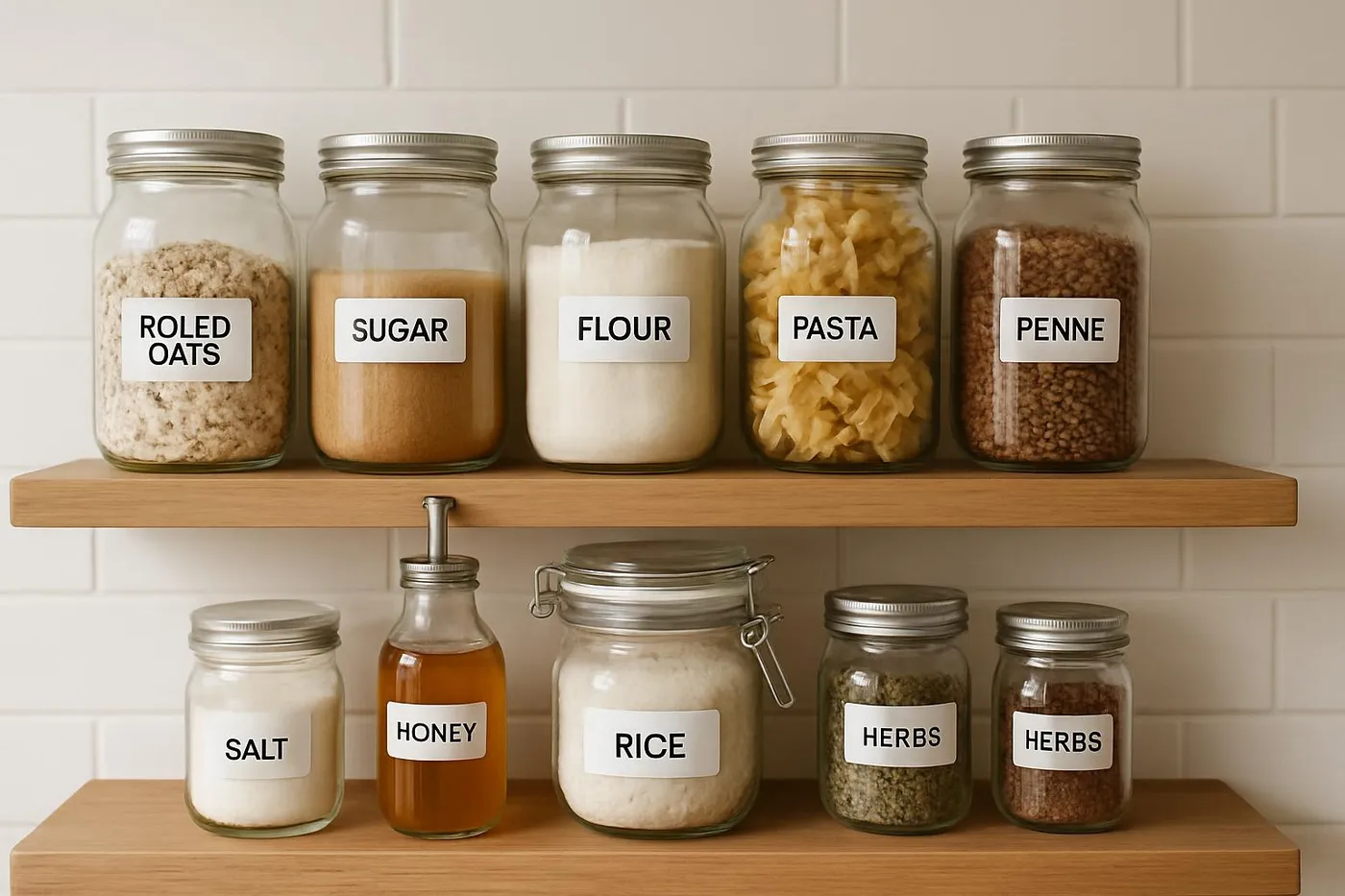
Freshness flow: how to organize your plastic-free fridge
Let’s make your fridge feel like a calm, organized café.
- Eye-level: Ready-to-eat items in glass (salads, cooked grains, cut fruit). What you see, you’ll eat.
- Doors: Condiments in jars, sauces, and plant milks you use daily.
- Upper shelf: Leftovers in glass/stainless, labeled with painter’s tape and a date.
- Middle shelf: Meal components in silicone bags—chopped veg, marinated tofu, and sliced cheese.
- Drawers: Whole produce first, then cut produce (wrapped wisely). Herbs in jars of water at the front to remind you to use them.
- Zone for “Eat me first”: A small tray to corral anything approaching its prime time.
Need help keeping counters clear to support your new flow? Bookmark Declutter Your Kitchen Counters: How to Stop Living in Appliance Jenga for a speed-boost on kitchen calm.
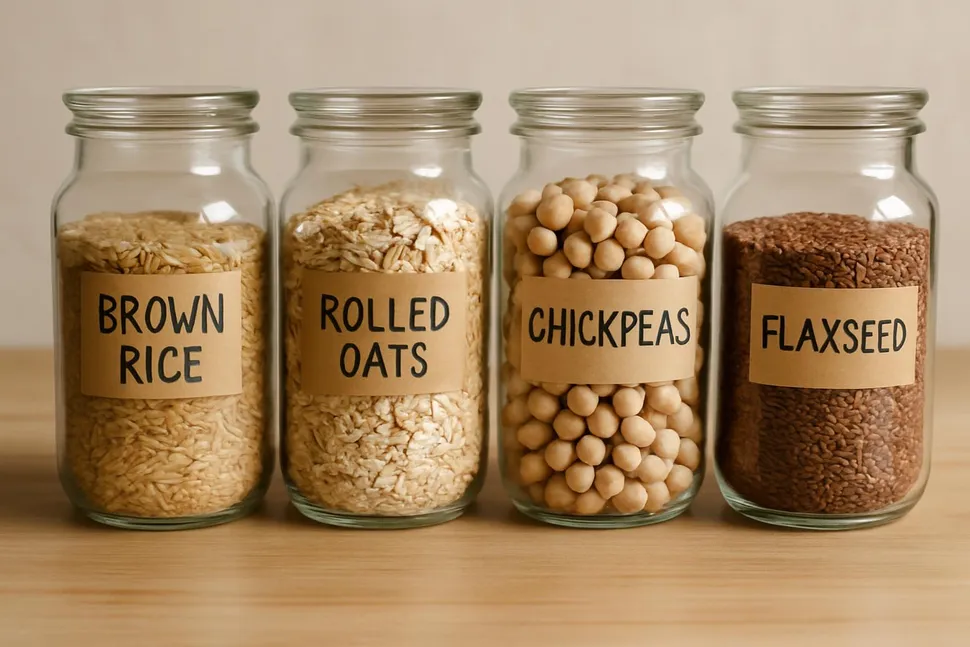

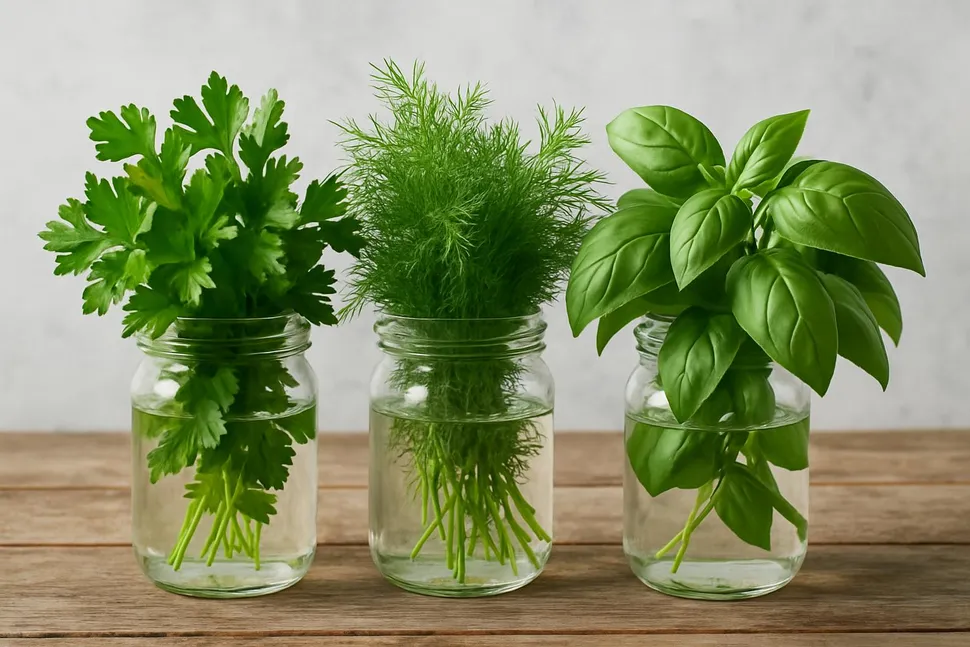
Troubleshooting: quick fixes to common pain points
- My wraps lost their stick: Warm them between your hands or gently refresh in the sun for a minute. If they’re old, consider composting (if your wrap is cotton + natural wax) and replacing.
- Silicone smells like onions: Soak in warm water with baking soda, or fill with water and a spoon of vinegar overnight; air-dry in sunlight.
- Foggy glass lids: A vinegar rinse or lemon rub can restore shine.
- Condensation puddles: Use cloth liners in containers to absorb excess moisture, especially for berries and greens.
Label like a pro
Use painter’s tape and a fine-tip marker to label contents and date. It’s low-commitment, residue-free, and makes future-you love past-you.The 7-day plastic-free fridge tune-up
Ready to try this in real life? Consider this your mini challenge—and your invite to brag on Instagram when your fridge is glowing.
Day 1: Audit what you have. Donate or recycle what’s broken.
Day 2: Choose your starter kit pieces and order what you need.
Day 3: Wash and prep your new containers; set up your lid library.
Day 4: Batch prep one or two produce items (greens + carrots).
Day 5: Set up an “Eat me first” tray and label 3 items.
Day 6: Add a herbs-in-a-jar station and try one beeswax wrap.
Day 7: Do a 10-minute tidy: wipe shelves, rearrange for visibility.
When your setup is singing, share a pic and tag us on Instagram so we can cheer you on:
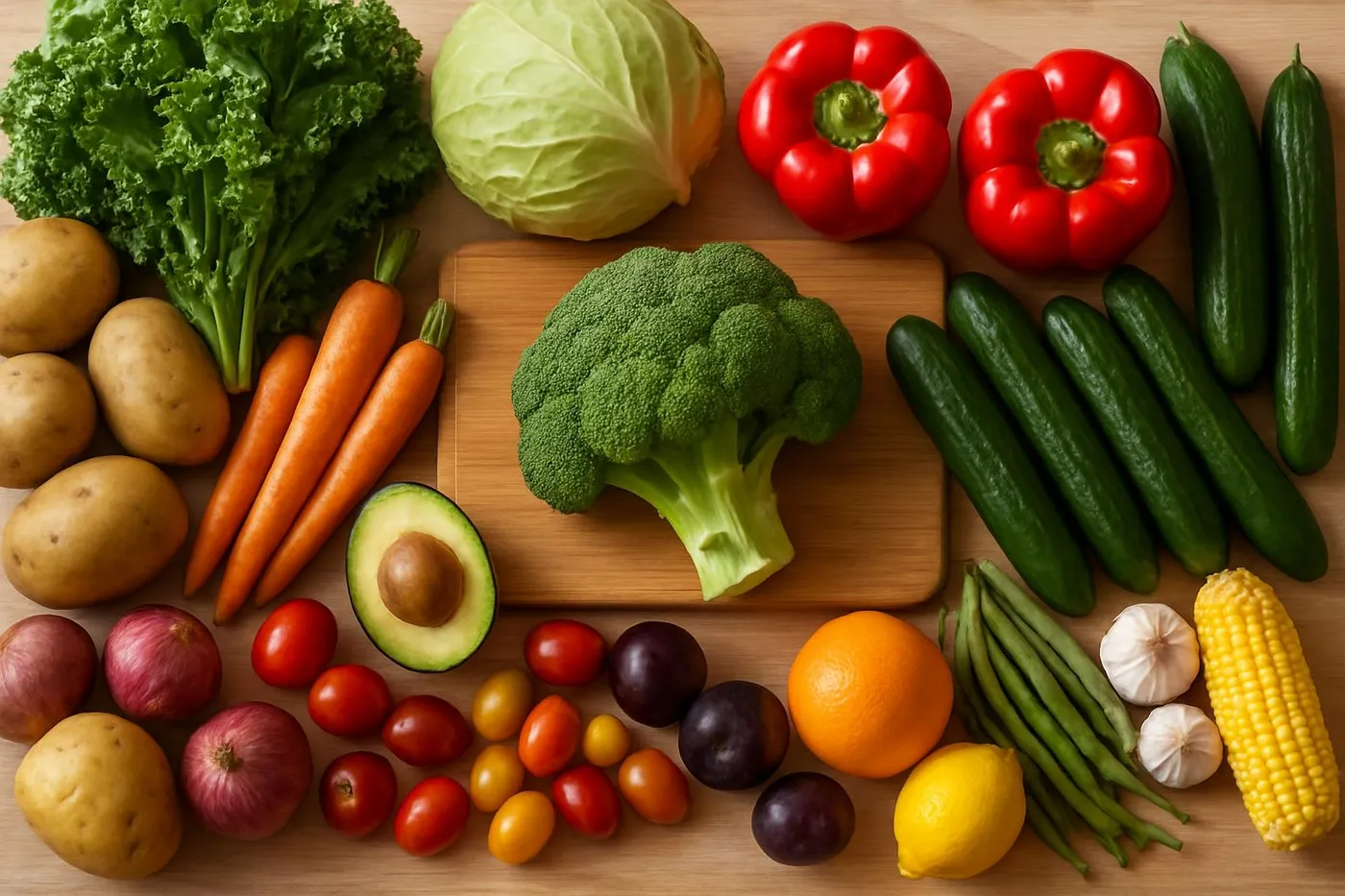
Keep the momentum
Small, consistent tweaks are the secret to a fridge that feeds your joy instead of your compost bin. Whether you start with two glass containers or go all-in on a full kit, you’re telling your future self: I’ve got you. And you’re telling the planet the same.
If you’re in the mood to keep going, peek at these next:
- Transform Your Dishwashing Routine Into an Eco-Friendly Practice
- Zero-Waste Grocery Shopping: Beginner’s Guide and Best Reusables
- Green Lunch Hacks: How to Pack Low-Waste, Eco-Friendly Meals
One shelf, one container, one wrap at a time—your plastic-free fridge awaits, sparkling and delicious.



